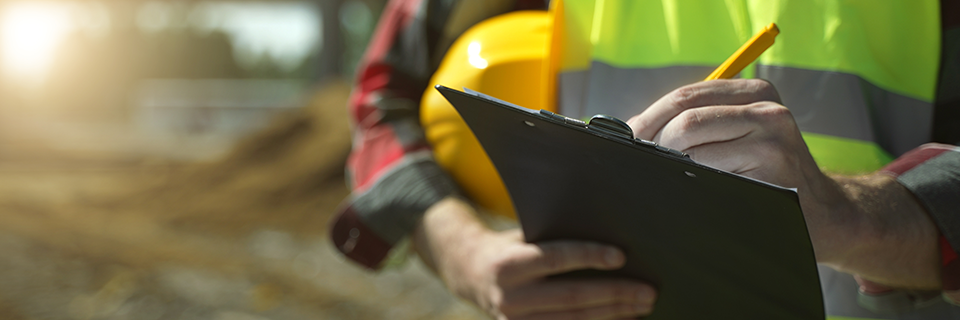Safety Guidelines

Safety Guidelines
NOTE
Learn to recognize safety information, and always follow recommended precautions and safe operating practices. When you see a safety-alert symbol, be alert to the potential for causing personal injury or property damages. Read these safety guidelines before you install or operate the equipment. Be sure to follow the instructions carefully.
TERMS
WARNING: You may seriously hurt or kill yourself or someone else if you ignore the message
CAUTION: You may seriously hurt or kill yourself or someone else if you ignore the message
NOTICE: Pay special attention to this important installation, operation, or maintenance information. If you ignore this information, you may damage your pump.
Do not pump flammable or hazardous fluids through your pump
Your pump was not designed to be used with flammable or otherwise hazardous fluids. If you use your pump with hazardous fluids and it leaks, it could create various hazards including fire, health, environmental, etc.
Do not use a pump that is leaking
If a pump begins to leak, stop using it immediately. Disconnect the power to the pump motor and clean up the fluid. Leaking pumps should no longer be used; replace with new pump or have pump rebuilt.
Keep your pump from leaking by following these three rules:
1. Do not let the pump run dry
- Do not let the pump run dry for more than 2 minutes. The self-lubricating, internal parts protect the pump only against very brief dry runs.
- Running the pump dry may score or wear out the internal parts, causing performance loss. It may also damage the mechanical seal, causing the pump to leak fluid.
2. Do not run the pump against a closed discharge
- Running a pump against a closed or blocked discharge may cause pressure to build up to a dangerous level if there is no relief valve.
- Heat will build up in the pump and may cause the internal parts to wear out rapidly. It may also ruin the mechanical seal.
- PROCON’s relief valves are designed to protect your pump against only short periods of over-pressure. Relief valves should not be used as flow control valves.
3. Do not tamper with the setting of the relief valve
- The relief valve is set at the factory to your specifications.
Keep the floor around the pump dry
Make sure you keep the floor around your pump dry. If any liquid leaks onto the floor, clean it up immediately. Serious injury can occur if you slip.
Do not touch the pump when there is liquid on the floor
Your pump operates with an electric motor. You can be electrocuted if you touch the pump when you are standing in liquid. You can increase your safety by using “ground fault interrupter” type circuit breakers.
Protect children
- Keep children and other people who do not know how to operate the pump away from your pumps and the systems in which they are used. Children may not understand that equipment is sometimes dangerous to them and others.
- Never allow children to play with or operate your pumps.
Be prepared for emergencies
- Be prepared for fires, injuries, or other emergencies. Keep a first aid kit and a fire extinguisher near the pumps and the systems in which they are used. Keep emergency numbers for doctors, ambulance services, hospitals, and the fire department near your telephone. Know how and where to disconnect power to the pump motor.
A note to all employers
1. Know your responsibilities as an employer.
2. Make sure your employees know how to operate the pumps safely.
3. Make sure your employees are aware of the safety warnings in this catalog
4. Thoroughly train your employees about operating the pumps and other equipment safely.
5. Keep the pumps in proper working condition. If you make unauthorized modifications to a pump, you may reduce the function and safety of the pump.
6. Communicate all safety information to your customers.

